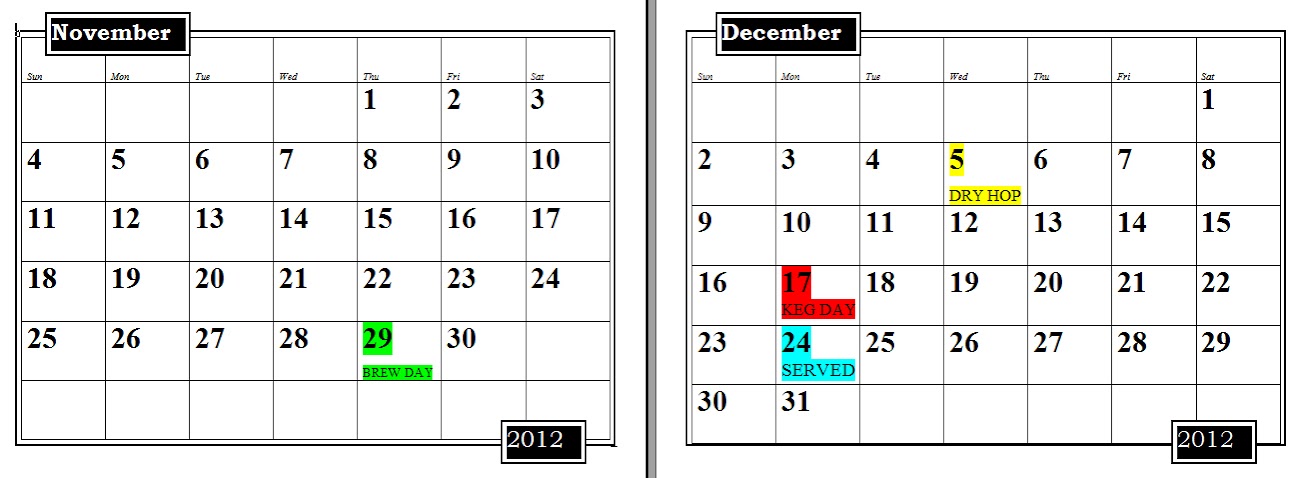m1k3
Well-Known Member
Hi All-
I've been reading the related threads and there is no exact answer to this (or is there?)
I brewed 10 gallons of IPA today. OG=1.066 6oz of kettle hops 60=magnum, 30=northern brewer, 20=columbus, 15=simcoe, 10=columbus, 5=simcoe (all 1oz charges)
I plan to dry hop with 4oz of Falconer's Flight. (2oz in each bucket or keg)
Here is the issue...
I leave town in 8 days. I will be gone for 12 days.
-Should I rack to two kegs at the last minute before I go and dry hop in the keg (in a hop sack with dental floss) for 12 days? Or just rack onto the pellets in a bucket secondary?
-Another option is to add the dry hops to the fermenters on day 3 for 5 days. And then keg on day 8. That seems a bit rushed because the the fermentation is proceeding slowly. I pitched 1.5 packs of Nottingham into each of the 5 gallons and the fermeters are in a tub (water is 63F).
Other ideas?
I've been reading the related threads and there is no exact answer to this (or is there?)
I brewed 10 gallons of IPA today. OG=1.066 6oz of kettle hops 60=magnum, 30=northern brewer, 20=columbus, 15=simcoe, 10=columbus, 5=simcoe (all 1oz charges)
I plan to dry hop with 4oz of Falconer's Flight. (2oz in each bucket or keg)
Here is the issue...
I leave town in 8 days. I will be gone for 12 days.
-Should I rack to two kegs at the last minute before I go and dry hop in the keg (in a hop sack with dental floss) for 12 days? Or just rack onto the pellets in a bucket secondary?
-Another option is to add the dry hops to the fermenters on day 3 for 5 days. And then keg on day 8. That seems a bit rushed because the the fermentation is proceeding slowly. I pitched 1.5 packs of Nottingham into each of the 5 gallons and the fermeters are in a tub (water is 63F).
Other ideas?


